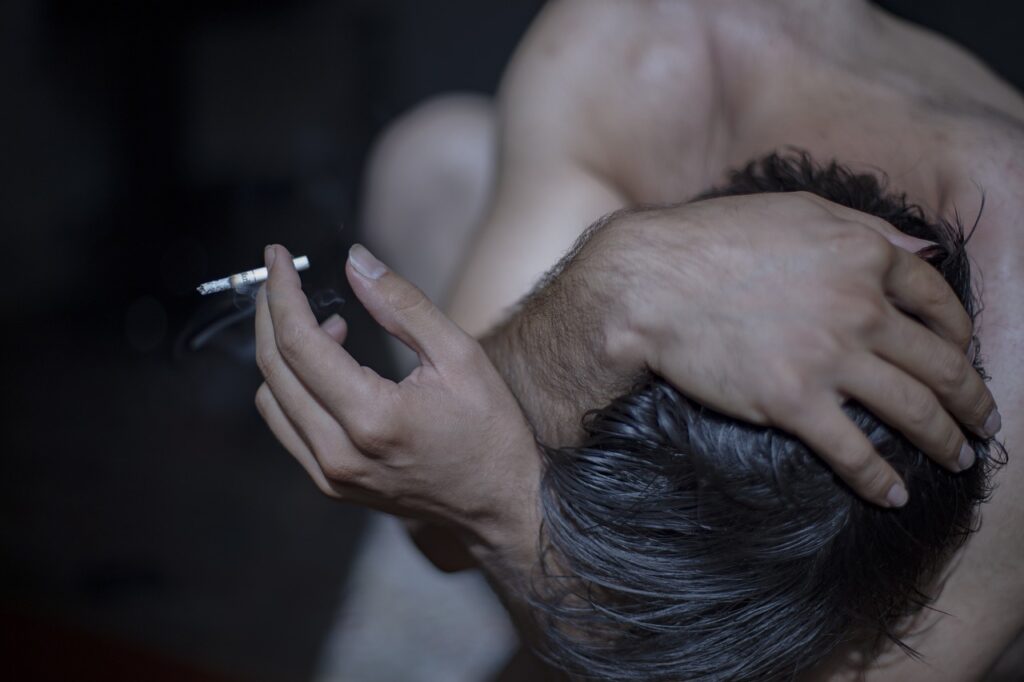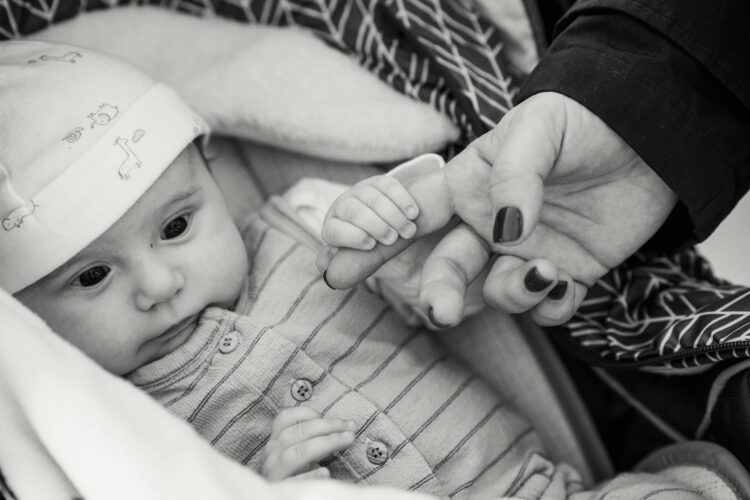According to the 2023 World Drug Report published by the United Nations Office on Drugs and Crime (UNODC), 296 million people used drugs in 2021. The most widely sought-after drugs globally, listed in order of prevalence, are cannabis, opioids, amphetamines, cocaine, and ecstasy.
There are 39.5 million individuals suffering from drug use disorders, representing a 45% increase over the past decade, showcasing a growing global health concern.
Substance Use Disorders (SUDs) are considered chronic diseases characterized by an inability to control the use of legal or illegal substances, which leads to health problems and impaired social functioning. Although it is a complex disease, fortunately, it can be treated with proper access to educational resources and medical support. There are several pharmaceutical and psychological treatments available in the market to treat addiction. However, recovering from an SUD is an uphill battle, with around 85% of individuals relapsing within a year of treatment and two-thirds of cases returning to drug use within weeks of starting treatment, as stated by the National Institute on Drug Abuse.
When consuming addictive drugs, the reward system of the brain, known as the nucleus accumbens, is flooded with dopamine, a “feel good” neurotransmitter responsible for feeling pleasure and satisfaction. In the limbic system, the hippocampus records a memory of the activity that provides a rapid sense of satisfaction, while the amygdala is responsible for creating a conditioned response to the stimuli. The habitual intake of drugs and alcohol can cause changes in the survival hardwiring of the brain, leaving the person to consume the substance repeatedly and experience withdrawal symptoms without it.

Deep brain stimulation (DBS) is a neurological procedure that uses electrical impulses to treat a variety of neurological and psychiatric disorders, such as Parkinson’s disease, essential tremors, obsessive compulsive disorder, major depressive disorder, and many more. It is a promising intervention that is being researched to help with addictive disorders. In 2019, Gerod Buckhalter was one of the first people to undergo surgery during a clinical trial for DBS. Electrode implants were placed within areas of his brain associated with drug addiction in the hopes of helping him recover from severe opioid use. During an interview with CNN in 2022, Buckhalter reported to have been drug-free for 2 ½ years. It is also important to note that he is also taking medication called suboxone, an opioid antagonist drug, and goes to counseling on top.
There were three other individuals who participated in the same clinical trial. In one case, they were able to achieve a successful recovery, much like Buckhalter. However, one patient relapsed and had his implant removed. As for the third participant, the results were inconclusive due to the short duration of the study. Researchers from the Mayo Clinic have reported promising results from this innovation as they continue to study its effectiveness and improve the associated techniques and technology. The team from the Mayo Clinic Neural Engineering Laboratory is eager to take the next steps in conducting future preclinical and clinical studies, with the hope of helping thousands of people suffering from SUDs.
Roselle Torres
Image by Jiri Plistil and Mostafa Meraji from Pixabay (in order of appearance)
If you found the article interesting, I also recommend this:




